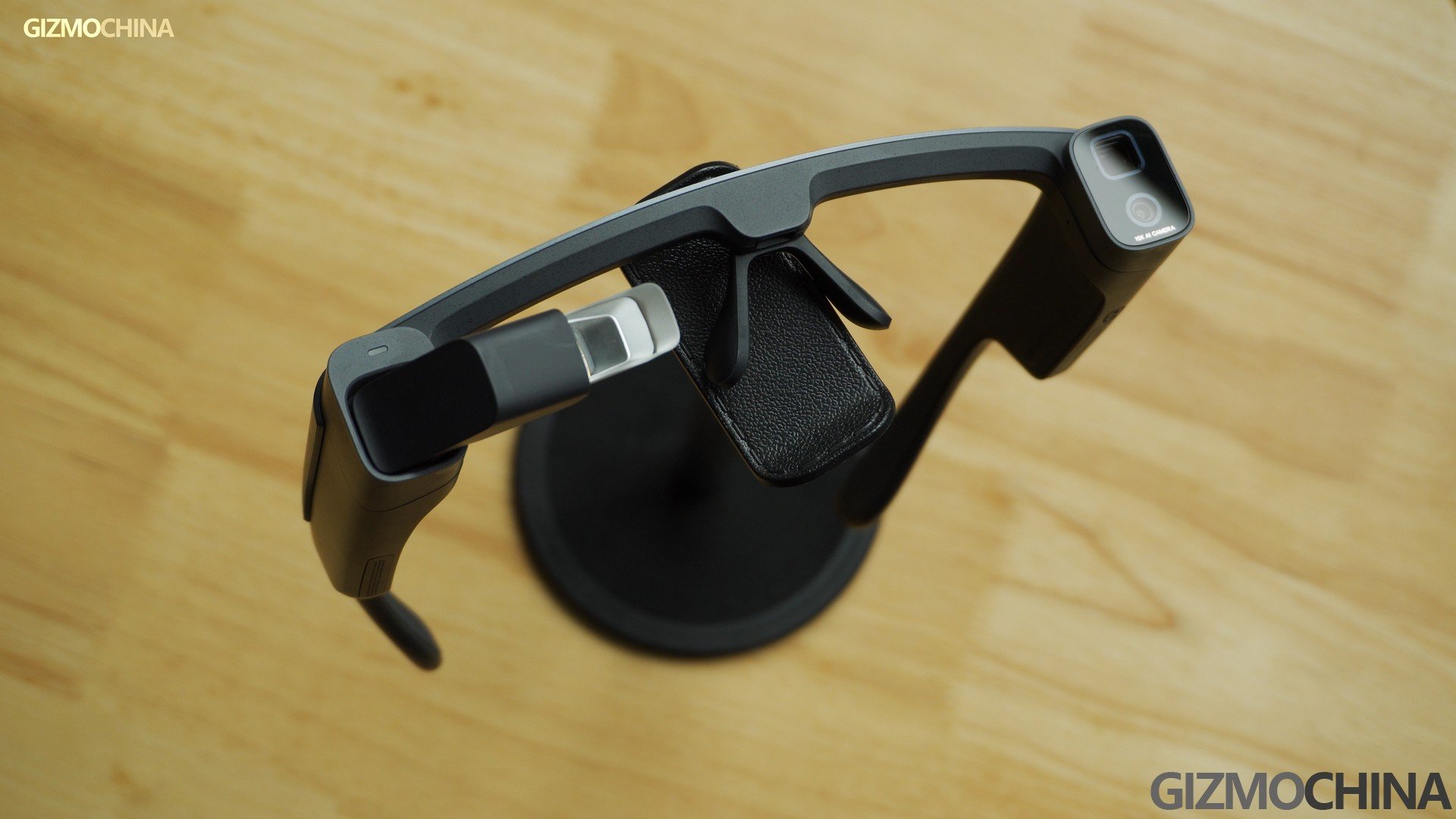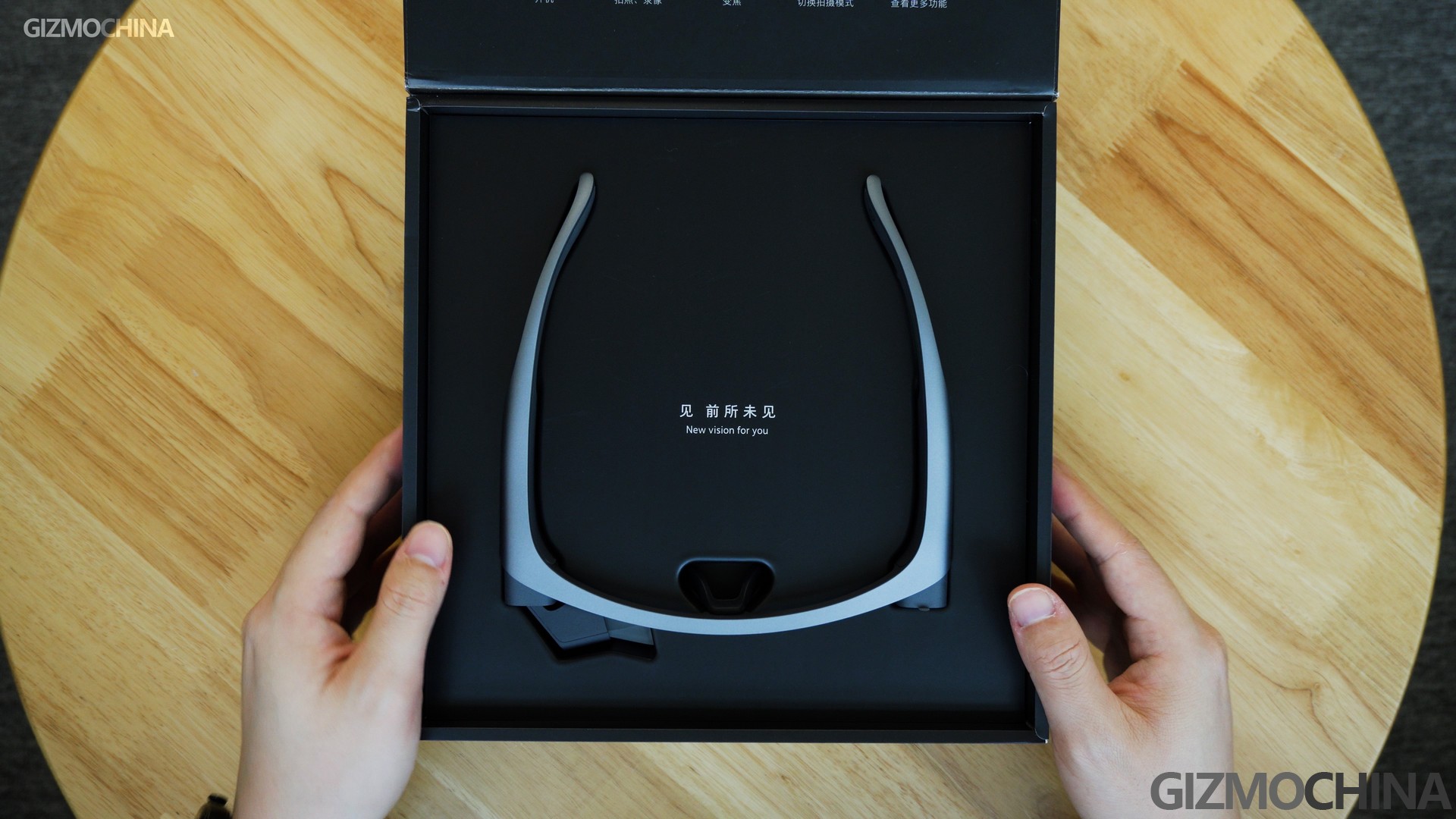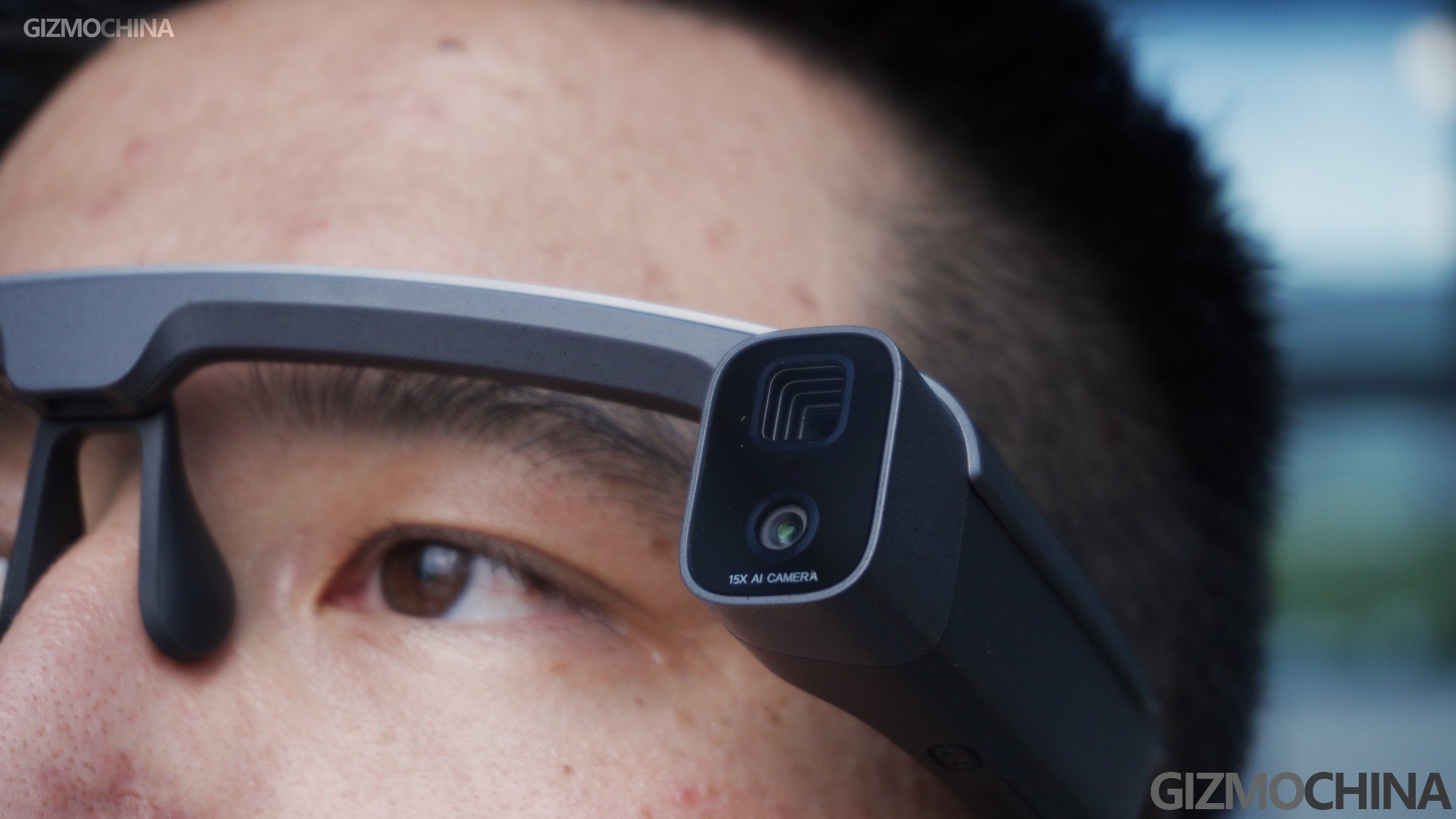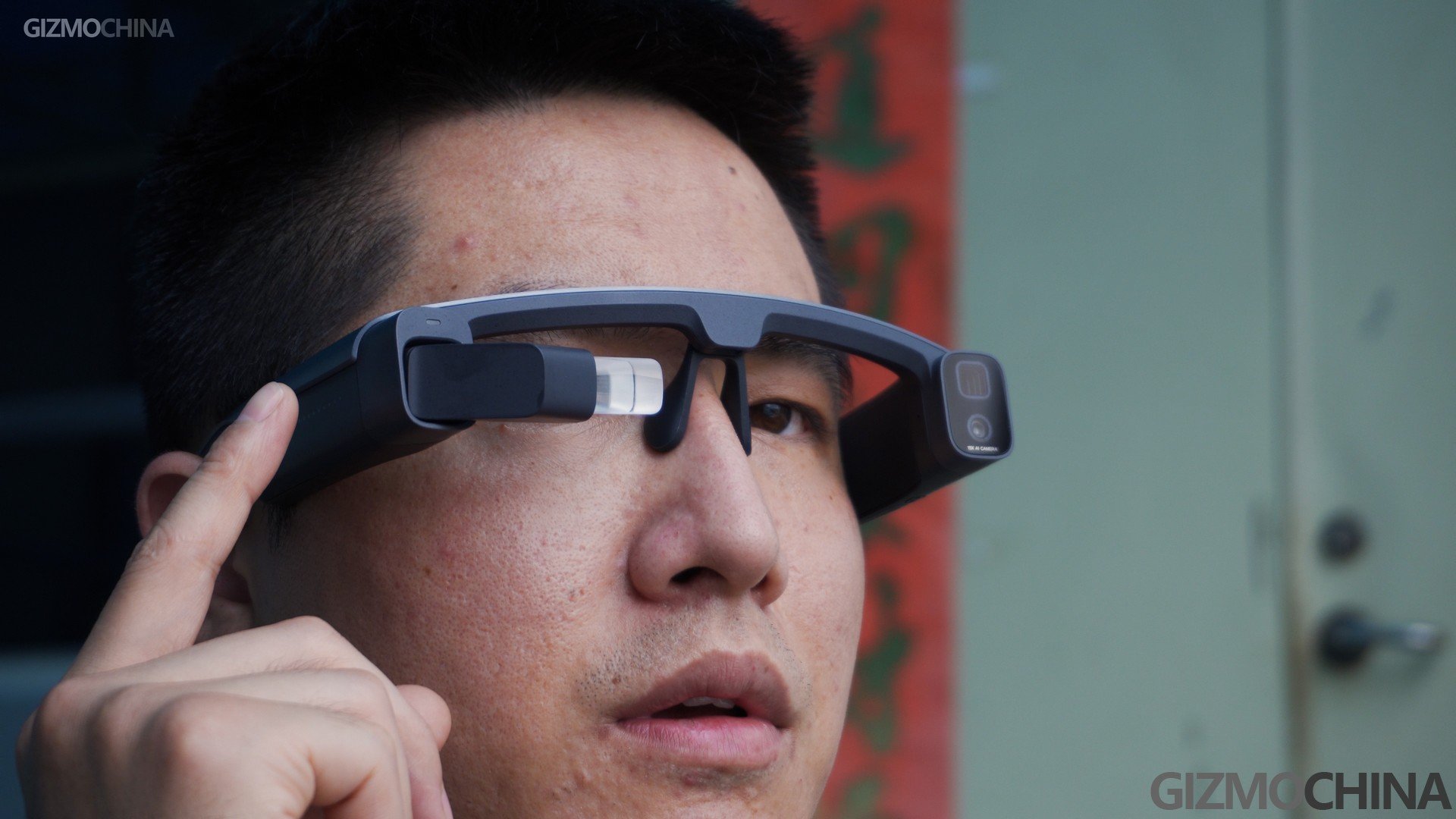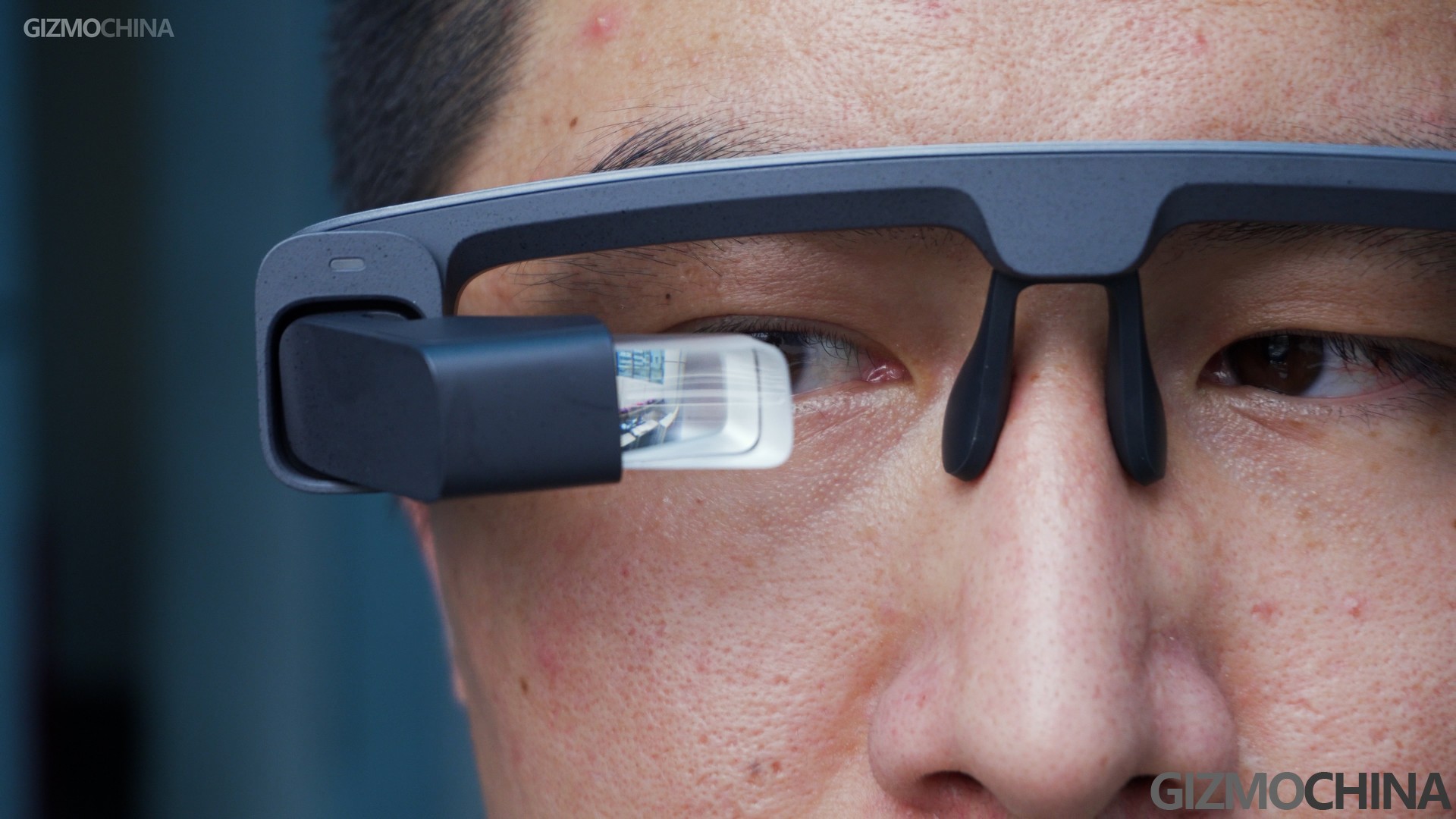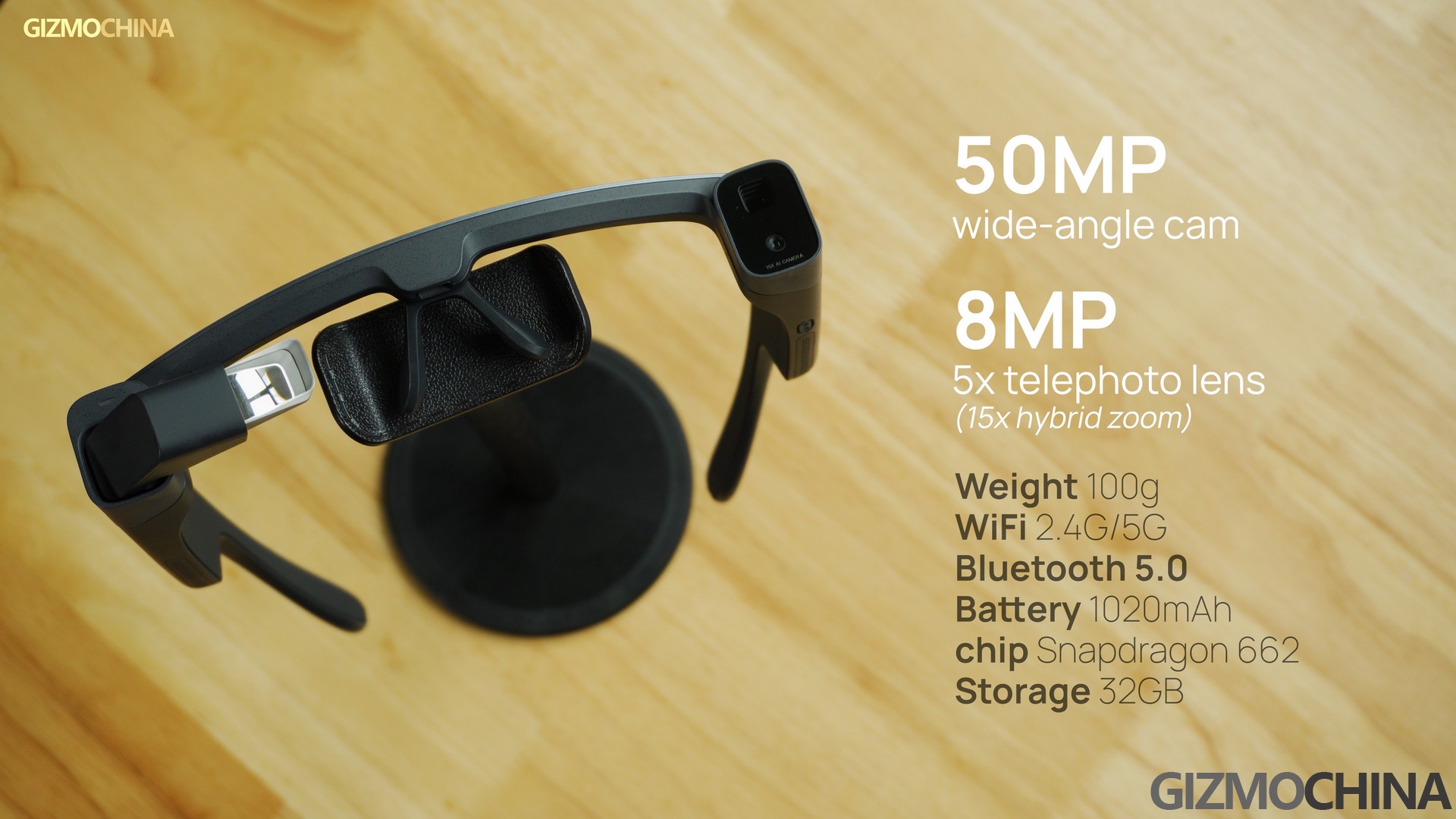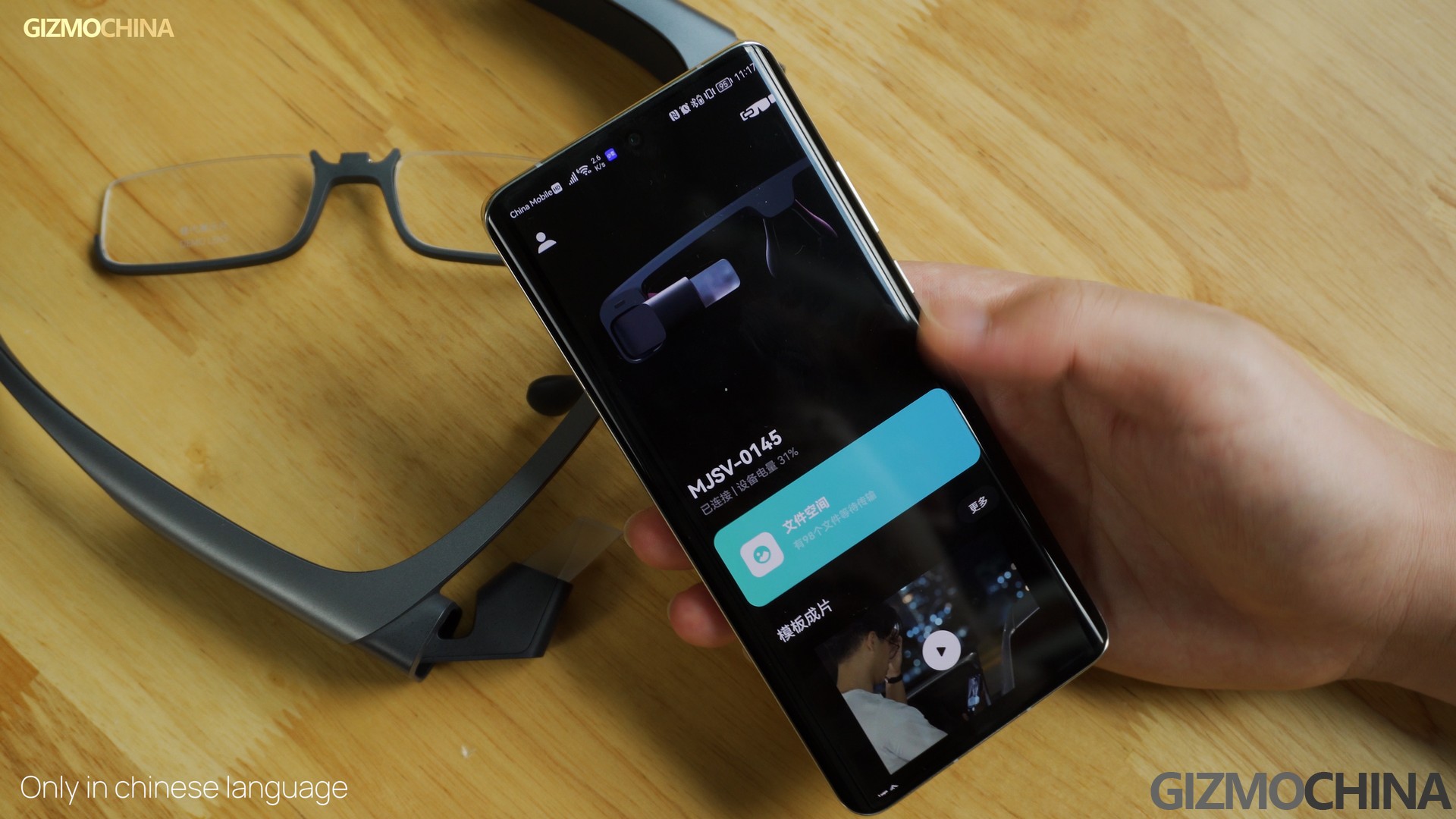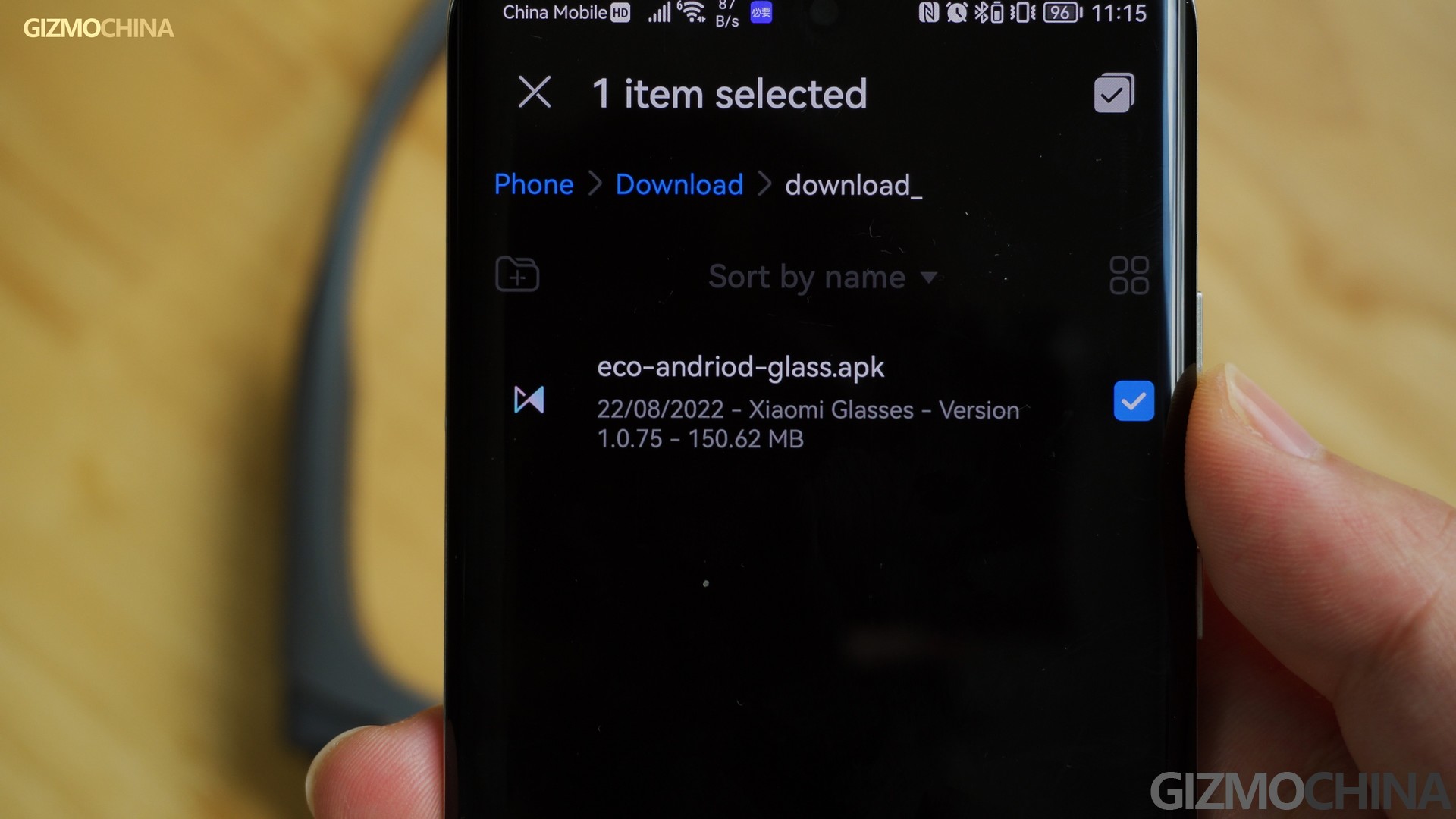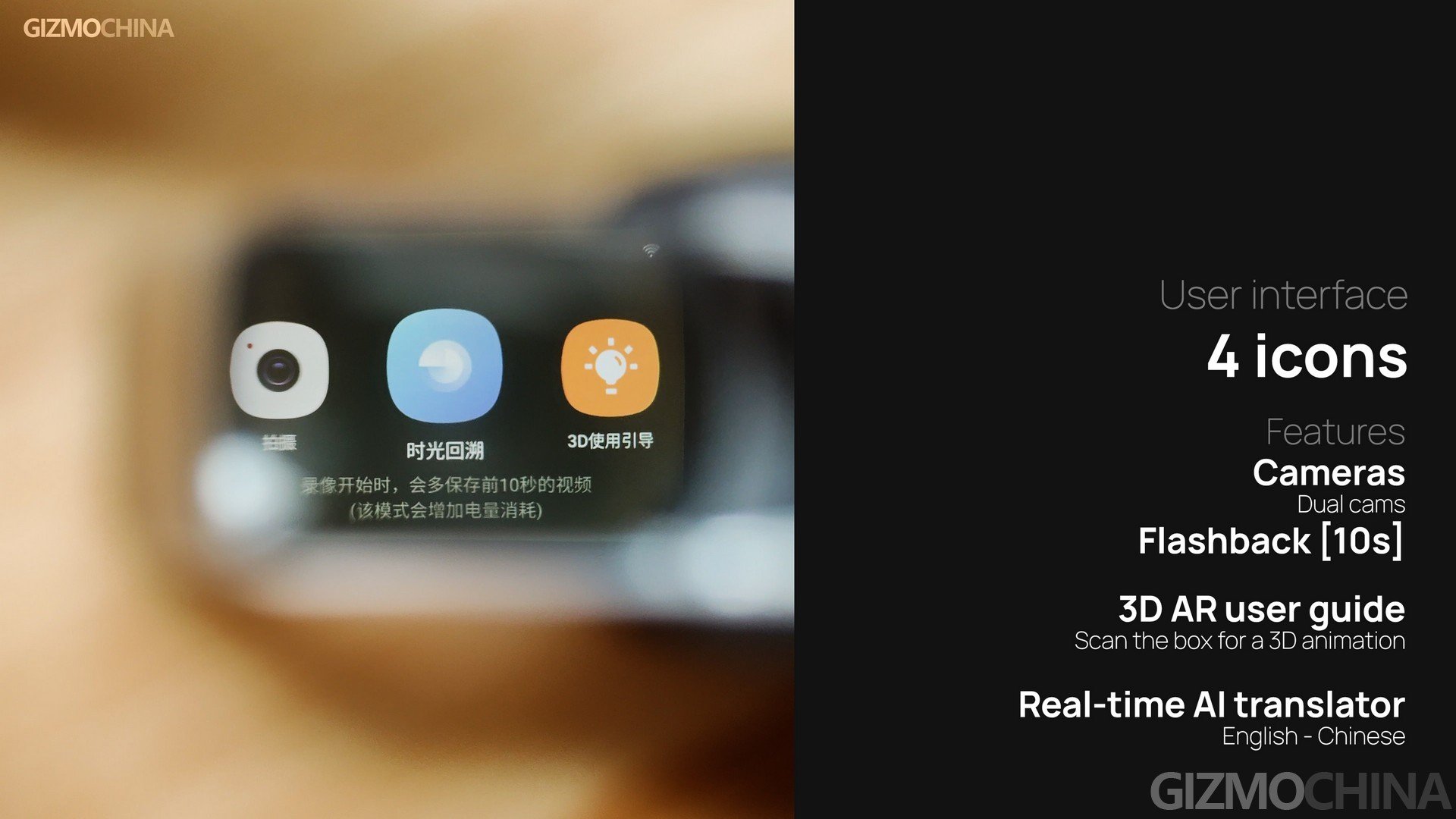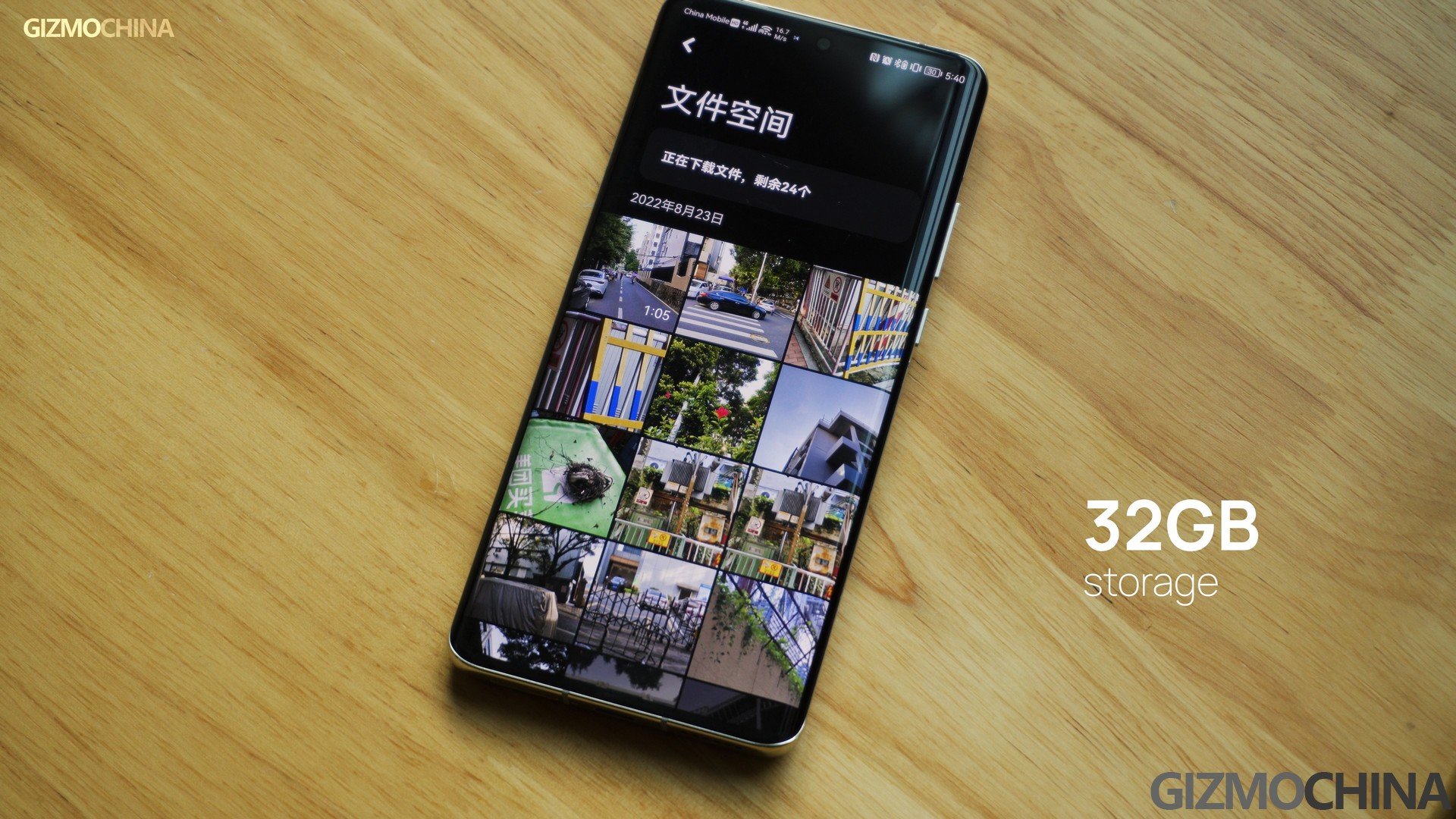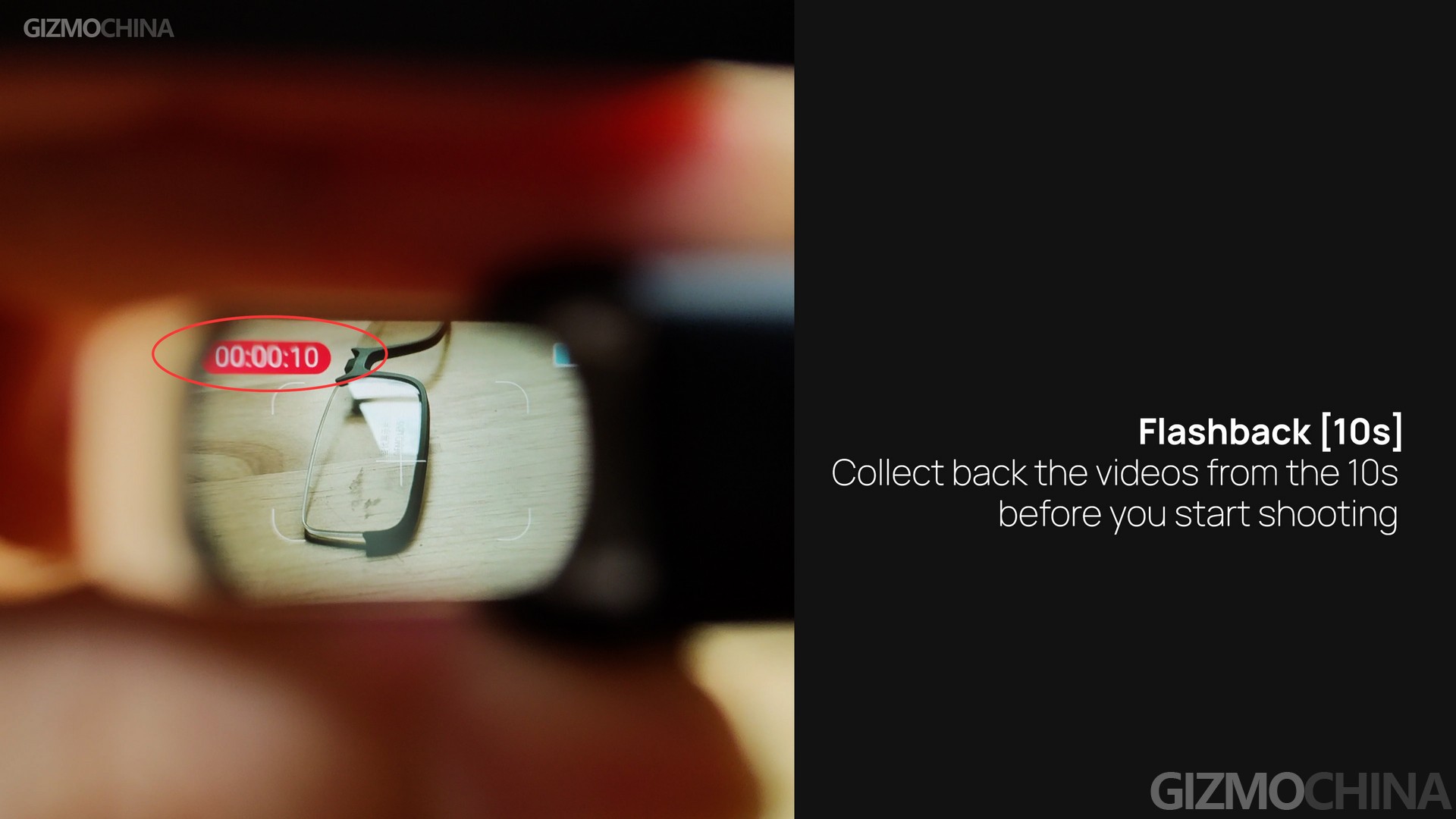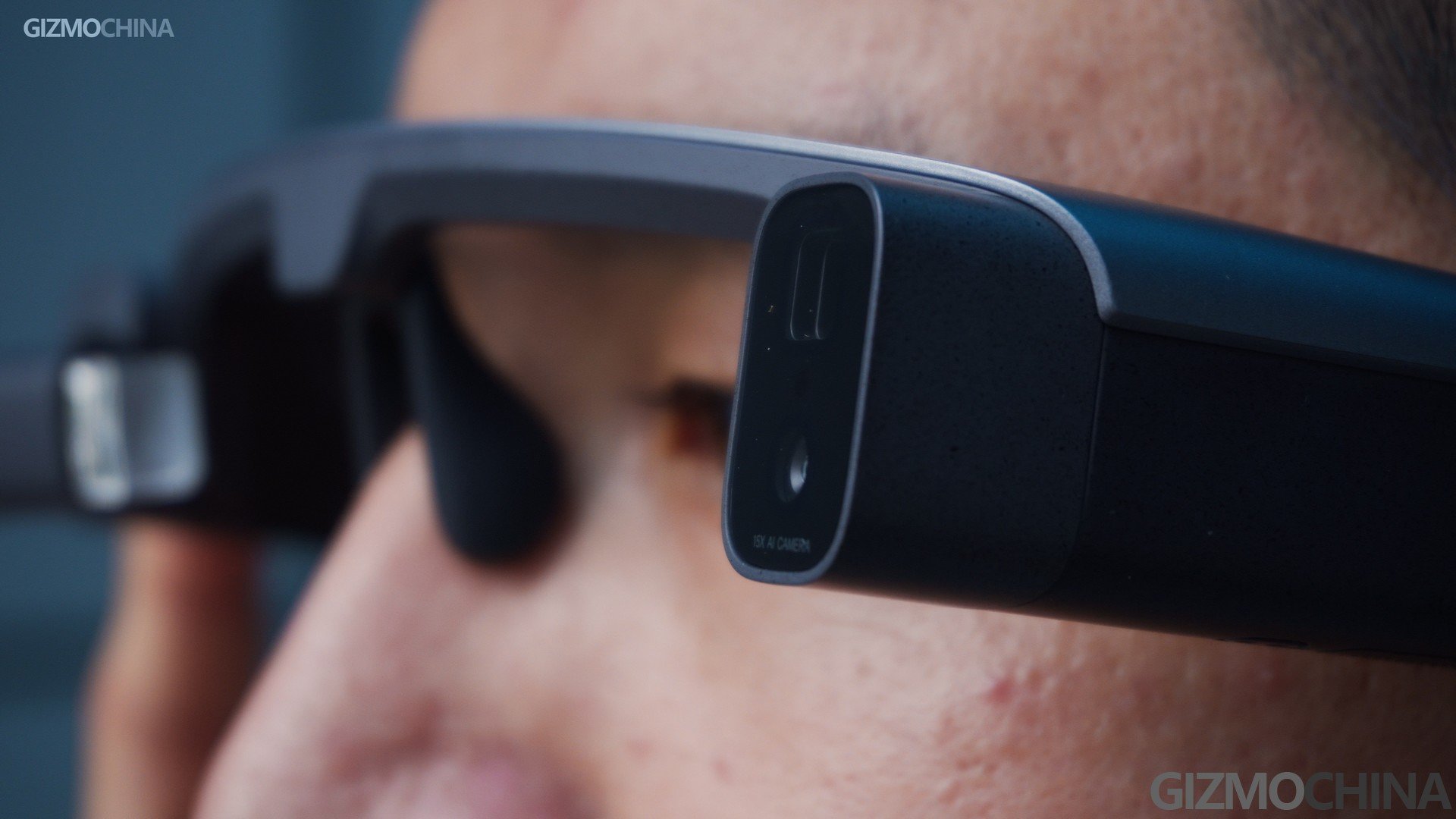Xiaomi Glasses Camera
A fortnight ago, Xiaomi quietly launched a crowdfunding campaign for their first smart glasses product, the Mijia Glasses Camera. As you can see, it’s neither called the Xiaomi Glasses Camera nor the Xiaomi Smart glasses. So it’s clear that the Mijia Glasses Camera is more like a product developed by Xiaomi eco-chain manufacturers, which doesn’t focus on smartness or features like other smart glasses.
The title has already told us that it focuses on one thing — camera shooting. We were pretty curious whether it’s as useless as the other smart glasses on the market today, so we ordered one on the Mijia platform in the first instance, and experienced it for a few days.
Unboxing
Before we get started, I’d like to show you what’s inside the big package of the Mijia Camera Glasses. Flip the cover and the glasses appear. Well, it’s not small in size with a pretty decent build. The legs cannot be folded down and the whole frame looks very much like a stiff headband. But actually, the frame is still flexible enough to be worn by users with different head sizes. There’s the user manual and a glasses-cleaning cloth, which feels good.
And here’s a box for storing the glasses, which is quite a big one. Open it up and the other accessories are found inside, including a charging cable, a USB-A to C port adaptor, and a hanging frame with regular lenses for the nearsighted. You will need to fit your own lenses, if necessary. Since the camera glasses without the lens frame is not so light, I still recommend contacts instead of heavy lenses for those people.
Glasses Design
Coming back to the glasses. The most attractive part of this Google-glasses style device is the camera module on the side, including a 50MP wide-angle camera and another 5x optical periscope lens, which supports up to 15x hybrid zoom for long shots. So with these glasses, you are going to have a hybrid zoom range from 1x to 15x, which is a very unique feature for a glasses product.
On the other side, there’s a Sony Micro OLED display with up to 3000nits of peak brightness. Basically, it works as a viewfinder when the wearer is taking photos or recording videos. Apart from it, there’re not much it can do at the moment. The promotional posters claim it has more AR smart features, but in fact, at this moment there’s only a real-time translator supported here but no other AR features.
Experience: Wearing & Use
It’s ridiculous that Xiaomi brought AR user guidance to the glasses. It’s the most useless feature on the device. This feature was clearly not designed from a user’s point of view, but only to show that it can be AR-enabled, and unfortunately, the guidance feels terrible. After all, no one will learn how to wear and use the glasses through the tiny display.
And to be honest, I can’t wear it for more than 30 minutes, since you can obviously feel the weight and the wearing experience is not really comfortable. And once you put them on, unavoidably, your view is noticeably blocked partially by this prismatic display component, which can be frustrating for those who want to wear it for a long time. It’s also something you have to compromise on if you’re going to use the camera. But the good thing is that it exists as a viewfinder rather than being completely useless, and this discomfort becomes acceptable while shooting.
Camera Performance
Now let’s check out the performance of the cameras. You can slide back and forth on the leg to zoom from 1x to 15x, but when you start shooting, the activated lens cannot be switched, which means you can only zoom from 1 to 5x or above 5x.
No matter the photos or the videos shot on the glasses, they look much better than what I expected. It looks better with good detail and colors than the previous smart glasses products. But that doesn’t mean it has matched the image quality of some action cameras. The image shot on the glass looks no different from what we see on a regular phone camera. And it can only shoot 1080p-resolution video.
Meanwhile, it’s not a good experience to shoot on glasses. The shutter is actuated by a single touch on the leg surface, which easily leads to a mis-touch when you accidentally touch the leg. And sometimes we found the videos shot on the glasses might not be so smooth, with a slight lag.
There’s also the issue of its shutter delay. Its focus speed is a bit disappointing, which leads to the fact that sometimes when you press the shutter, it takes time to adjust the focus to finish the shot. And then it would produce an incorrect photo when you think it has finished shooting and move your head away.
The 5X lens works well with OIS, which has pretty decent detail. But it’s still not easy to have precise control of the camera direction using your head.
Software & experience
The software of the glasses is much simpler than I expected and by far it only supports the Chinese language. So does the companion app. And I couldn’t really understand why the simplest app’s installation apk file needs to be so large. Apart from pairing the phone, and setting up the WiFi connection, there are a few other simple settings like activating EIS for the wide-angle camera and boosting noise reduction with the built-in dual microphone for video filming.
But a good experience here is that you can easily transfer the photos and videos shot on the glasses to the phone storage, which is what most camera manufacturers fail to do. And you don’t have to worry about the camera storage. The built-in 32GB storage is quite enough for daily use.
For the glasses, there’s no home screen to display notifications or other information like a smartphone. Instead, for function selection, you only got 4 icons for options, including a Camera, a flashback feature, an AR user guide, and an AI translator.
I like the idea of the flashback feature, where you can collect back the videos from the ten seconds before you start shooting. It’s perfect for when you suddenly find an interesting fleeting moment but don’t have time to press the shutter to film it. You still have ten seconds to save the moment.
There’s no built-in speaker and no music playback supported. Apart from the tiny display, the only way to be alerted to information is by vibration.
Battery life & heating
Another problem is that it has an extremely limited battery life, which actually is shorter than what Xiaomi claims. The full battery only can support around 70-minutes of shooting time and stand by for around 2 hours. Also, as the chip and motherboard are inside the non-operating legs, it’s pretty easy to get heated up. But if you don’t deliberately touch it, actually you wouldn’t feel the heat.
Conclusion & suggestion
So if you don’t have specific camera needs but just want to try out the glasses, please do not buy them as we did. Because you would lose interest in it after a single afternoon and be afraid of using it for the next few days. If you need a POV camera for professional filming, it’s not for your either, as you cannot adjust any of the camera parameters except that you can choose between 4:3 and 16:9 picture ratios.
And if you want a camera that can record life through your eyes all the time and also free up your hands, I just want to remind you of a few things about the camera glasses. First, its actual battery life for shooting is only about 1 hour; then wearing and using it for over 30mins might make you feel tired; and, last but not the least, it officially sells for 370 US dollars.

